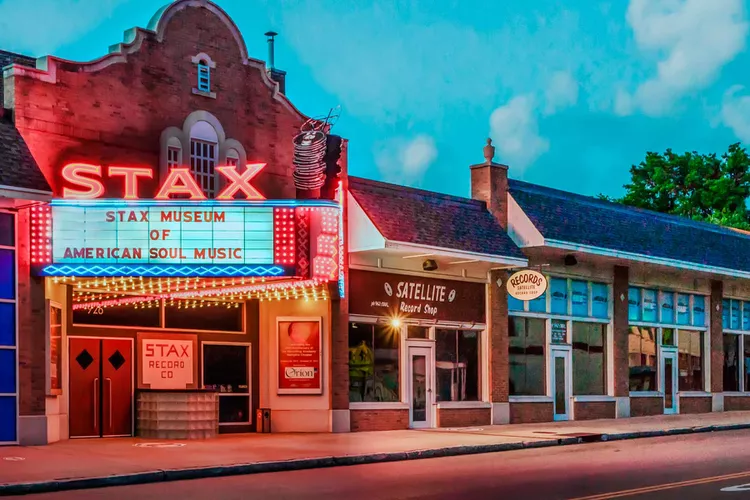Summary
U.S. Civil Rights Trail: A Journey Through History
The U.S. Civil Rights Trail honors significant Black history sites and is constantly evolving with new additions. Launched in 2018, the trail features 120 notable locations across Washington, D.C., and 14 states, primarily in the American South. Key sites include Birmingham’s 16th Street Baptist Church and Martin Luther King Jr.’s childhood home.
Recently, lesser-known locations from the Civil Rights Era have gained recognition, highlighting the efforts made during the 1950s and 60s. Notably, in February, 14 new sites across Louisiana, Missouri, Tennessee, and Virginia were added, showcasing destinations like Nashville’s National Museum of African American Music, which celebrates diverse Black American music genres.
Louisiana
:max_bytes(150000):strip_icc():format(webp)/TAL-dooky-chase-RIGHTSTRAIL0922-62ccd066ad6042c790168f25ab720264.jpg)
Dooky Chase’s Restaurant, a celebrated establishment, served as a crucial meeting place during the Civil Rights Era, welcoming prominent figures like Martin Luther King Jr.
When to Go: Summer (if you can tolerate the heat) for the Essence Festival of Culture, celebrating Black women and community.
Where to Stay: The Black-owned Duchess Bed & Breakfast features a lovely garden and is conveniently located near the historic St. Charles Avenue streetcar.
Missouri
:max_bytes(150000):strip_icc():format(webp)/TAL-negro-leagues-baseball-museum-RIGHTSTRAIL0922-639dc5c9a2474b47a8d524425671d5d4.jpg)
The Negro Leagues Baseball Museum in Kansas City tells the stories of Black baseball teams during segregation, illustrating the transformation of the sport following Jackie Robinson’s integration of the Brooklyn Dodgers in 1947.
When to Go: Summer, to catch a Royals game at Kauffman Stadium.
Where to Stay: The stately Eldridge Hotel, just a half-hour drive from Kansas City, has historical significance as it once served as a refuge during the turbulent years leading up to the Civil War.
Tennessee
In Memphis, the Stax Museum of American Soul Music exhibits the rich legacy of the Stax Records label, with tributes to icons such as Otis Redding and Carla Thomas, situated on the original site of the recording studio.
When to Go: Fall, to enjoy live performances at the Soulsville USA Festival.
Where to Stay: Central Station Hotel, located within a historic train station, offers a glimpse into the travel experiences of Black families during the Great Migration.
Virginia
:max_bytes(150000):strip_icc():format(webp)/TAL-danville-museum-RIGHTSTRAIL0922-13ff50e28013474d897849214aa6868a.jpg)
The Danville Museum of Fine Arts & History, located in the historic Sutherlin Mansion, has transitioned from a site that once hosted Confederate president Jefferson Davis to a space pivotal for civil rights activism in the 1960s.
When to Go: Fall, to take in the stunning foliage along the Blue Ridge Parkway, with a visit to the Booker T. Washington National Monument.
Where to Stay: The Historic Magnolia House in Greensboro, North Carolina, offers a modern bed-and-breakfast experience with deep historical roots, having been featured in The Negro Motorist Green Book.




